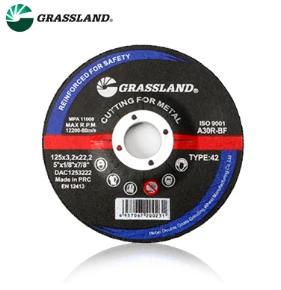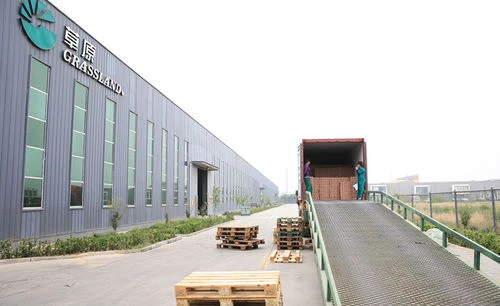

Ceramic Alumina is the premium choice among grinding wheel abrasives, renowned for its superior performance and extended lifespan. It is used primarily in applications requiring high precision and toughness, such as grinding aerospace alloys and other advanced materials. The unique microcrystalline structure of ceramic alumina allows it to last longer than other abrasives, offering a significant advantage in terms of productivity and cost efficiency, particularly where the highest quality finish is required. Selecting the right abrasive involves considering the material to be shaped, the desired surface finish, and the operational conditions such as temperature and pressure. Transitioning from traditional methods to using more advanced abrasives like zirconia alumina and ceramic can lead to substantial improvements in both performance and economics. Moreover, safety and precision are paramount when working with grinding wheels. Consistently using the right abrasive helps maintain the integrity of both the tool and the operator’s safety. Always ensure that the grinding wheel is properly balanced and that safety gear is worn at all times to prevent accidents. For industry professionals looking to optimize their grinding operations, investing in the correct type of abrasive can significantly impact the outcome. Understanding these subtle yet vital differences in abrasive types not only enhances operational efficiency but also builds expertise, trust, and authority in the field. With a commitment to choosing the right abrasive for each job, professionals can achieve outstanding results that distinguish their work in the competitive industrial landscape.
Post time:Jan - 10 - 2025

















